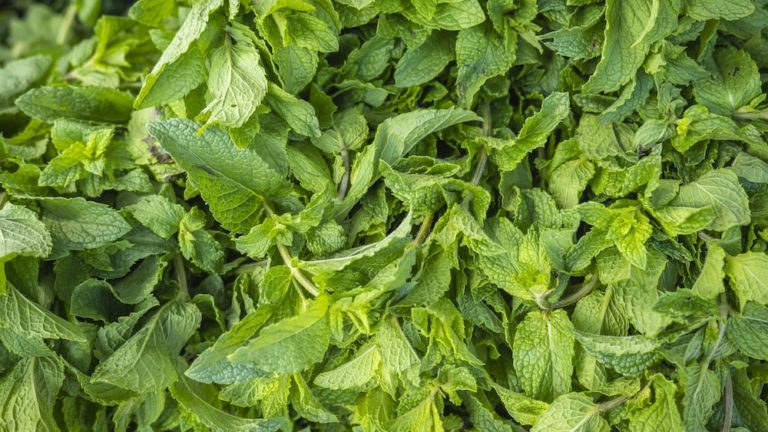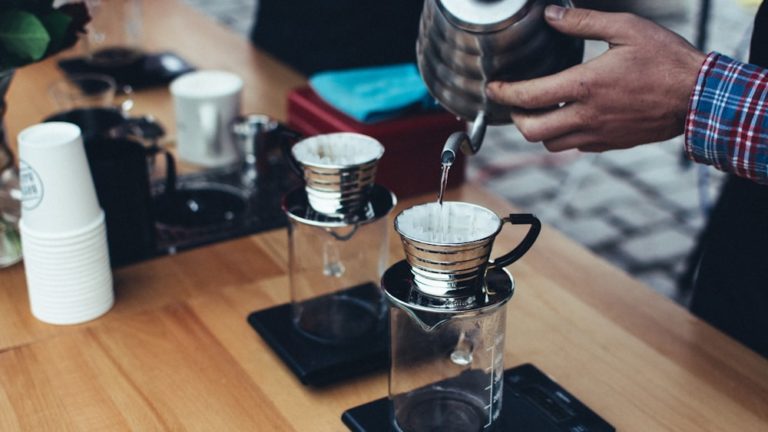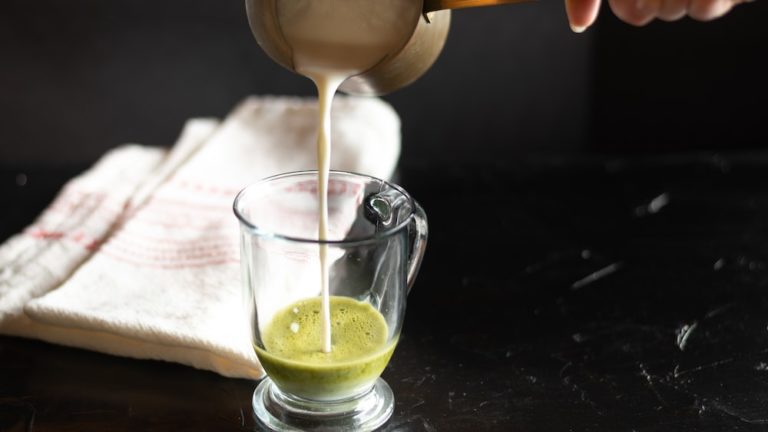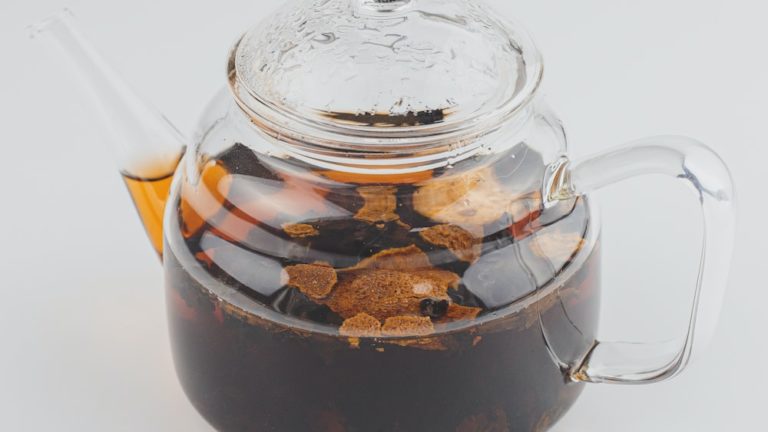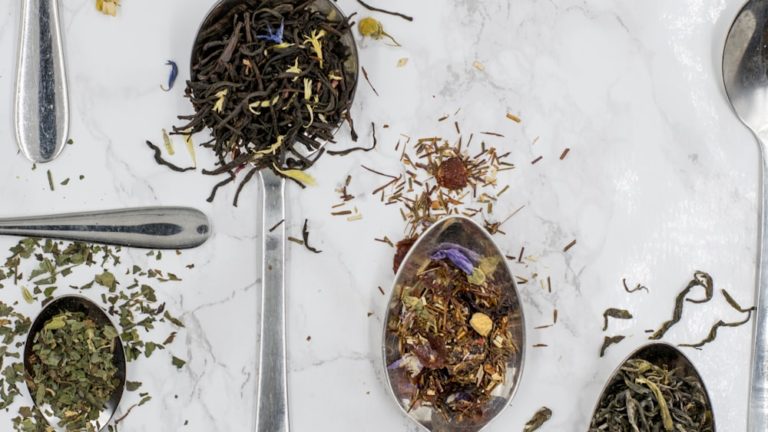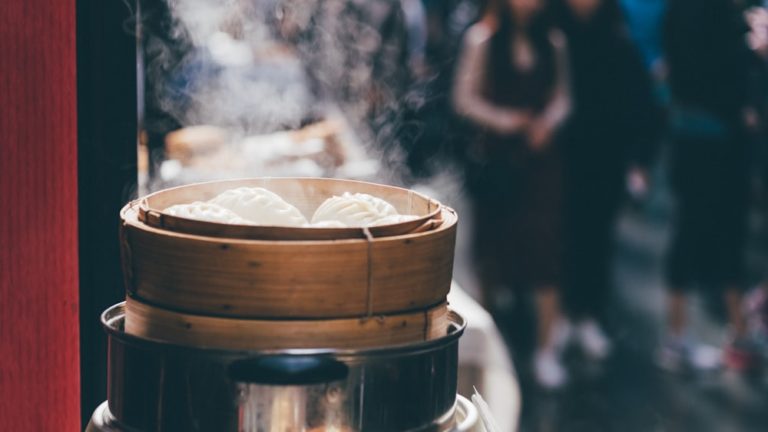Why Is My Green Tea Bitter? 7 Ways To Fix The Bitterness!
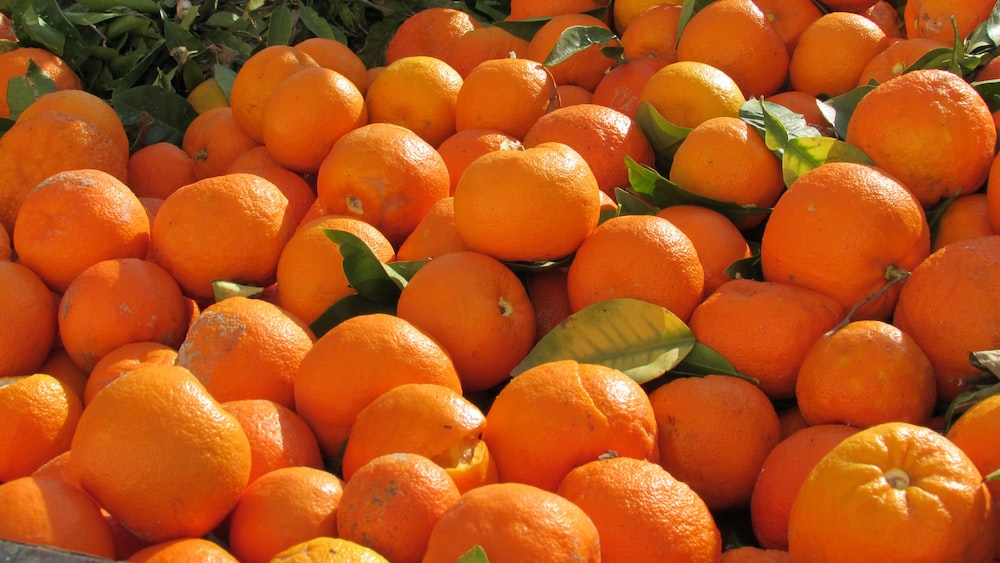
Why Is My Green Tea Bitter? 7 Ways To Fix The Bitterness!
There I was, keen to start my day with a steamy cup of green tea, bracing myself for its goodness to flow through me, elevating my morning routine. Delving in, I took that first soul-awakening sip and… oh dear. In place of the soothing, refreshing flavor I was hoping for, I sipped on what tasted closer to over-steeped regret. I’ll bet my last teabag that you’ve been there too, right pal? Why is our beloved green tea, the ambrosia of the orient, turning into that nasty, tongue-curling bitter brew? Well, I promise you, it’s not the tea’s fault, it’s probably yours.
Tea connoisseurs and occasional drinkers alike can relate to the bitter disappointment of a poor brew. If you can’t help but wonder why your cup of green tea has been pulling a Decepticon on you and transforming into a bitter beast, then you’re in the perfect spot. We’re going to dive into the deep end of the tea cup, Sherlock the bitterness problem and fix it together. In this post, we’ll go from understanding why that bitterness arises to dropping some knowledge bombs through 7 must-know techniques to fix that less than perfect infusion.
But hold on, the journey to tea nirvana is not entirely bump free. There might be misconceptions nestled deep in our minds that are stealthily sabotaging our brew experience. Don’t worry, we’re in this together, so put on your explorers hat, and let’s bring out the authentic, delicious drama of the green tea leaf, that’s been waiting far too long to do a tasteful waltz on your palette.
Understanding the Bitterness in Green Tea
When we’re whining about our bitter cups of tea, little do we know that there are real, scientific reasons for this palate fiasco. Don’t worry, we’re not going to venture into a thesis-level explanation, but knowing the basic ‘biology of bitterness’ in tea can put you on the fast track to full-bodied, flavorful brews.
What Makes Green Tea Bitter?
Etching towards the unmasking of the bitter villain, let’s understand that the bitterness in green tea is essentially due to two compounds: catechins and tannins. Yep, these taste terrorists manage to infiltrate our cherished brews and turn them acrid. Catechins are actually a type of antioxidant, and tannins are a group of astringent biomolecules that hitch a ride onto proteins and amino acids, causing a bitter taste sensation.
The kicker? These very compounds are what make green tea a magic potion of health benefits. But between all those anti-aging, healthy heart, and fit body perks, there lies the realization that bitter isn’t always better. Luckily, these heavyweights of health can be coaxed and controlled for a stellar tea experience.
The bitterness in green tea is caused by catechins and tannins, which are also the compounds that provide the health benefits of green tea.
Common Misconceptions About Green Tea
Now, let’s demystify some of the common misunderstandings and misconceptions regarding green tea. First, a runway-misfire we often encounter is the assumption that a stronger flavour equals longer steeping. In fact, over steeping leads to the extraction of excess tannins and catechins, causing that gut-wrenching bitterness we’re battling.
Second, a common myth is that boiling water is the ultimate brew buddy for your green tea. Well, guess what? Too high a temperature can scorch your precious leaves, causing them to release more of our bitter frenemies. Now that we’ve cleared this, let’s turn this hot-air-balloon-ride-gone-wrong into a smooth, leafy cruise with the help of our 7 easy fixes.
7 Ways to Fix the Bitterness in Your Green Tea
Tired of the bitter serenades of your green tea? Get ready to turn the tables and become the virtuoso conductor of your own tea orchestra with these 7 ways to fix the bitterness in your green tea.
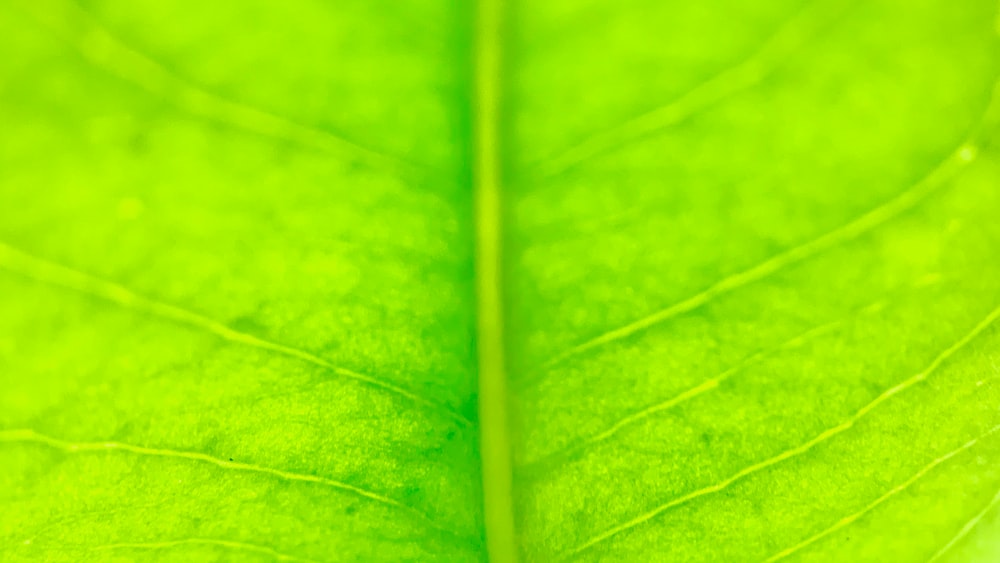
1. Choosing the Right Green Tea
Choosing the right green tea is like picking the perfect melody for your symphony – it sets the tone. Now, you might be thinking, “green tea is green tea, right?” I hate to burst your bubble, but all green teas are not created equal.
Depending on the region, picking time, growth conditions, and processing techniques, green teas exhibit different flavors ranging from floral to grassy, sweet to vegetal. Always choose high-quality tea, whether it’s a fresh Japanese Sencha, a savory Chinese Dragon Well or a shade-grown, umami-rich Gyokuro. As a rule of thumb, hail quality over quantity to avoid your brew becoming a bitter billboard.
2. Correct Water Temperature for Brewing
If there was a goldilocks zone for brewing green tea, it would be 70°C to 80°C (158°F to 176°F). Trust me, boiling water and delicate tea leaves are a worse match than pineapple on pizza.
In tea-brewing terrain, green tea requires cooler water than black or oolong teas. This is because higher temperatures expedite the release of those bitterness-causing compounds we just talked about. So next time you’re making a cup, ensure the water’s temperature is patiently enjoying its time in the lower spectrum of hot. Sort of like a comfortable hot tub temperature, but for your tea leaves.
But what if you don’t have a fancy temperature-controlling kettle? Don’t sweat, you can follow this old-tea-master-trick: boil the water, open the lid, and let it rest for about 5 minutes. Now it’s softly singing the right tune for your green tea symphony!
3. Proper Brewing Time
Brewing time is the soloist that can make or break your symphony–timing is everything. Steeping your green tea for too long can unleash an onslaught of bitterness.
As a basic guideline, 1-2 minutes is all it takes to infuse a balanced harvest of flavors from your green tea leaves. This timed tightrope walk lets the leaves slowly release their marvelous melodies making the tea more harmonious. But remember, always tweak times to taste, that’s the art of becoming a true tea maestro!
4. Quality of Water Used for Brewing
Ah, water – the elixir of life, the common denominator in practically every drink, existing in such abundance we take it for granted, don’t we? That said, it will probably turn those tea-loving brows towards the sky to know that the quality of water plays a significant role in the taste of your green tea. After all, tea is 99% water. You wouldn’t paint a masterpiece with murky colors, would you? Then why brew your tea with inferior water?
Our first admonition: avoid distilled or softened water. These are robbed of essential minerals that accentuate the flavor of tea. Research published in the Journal of Food Science found a positive correlation between the mineral contents of water and the extraction of tea components. Essentially, minerals are the key to unlocking the true flavor of your tea.
Instead, opt for spring water or filtered tap water. They strike a perfect balance with a neutral pH and medium mineral content. These help ensure the bitter compounds in your tea aren’t overly extracted.
5. The Role of Tea Bags vs. Loose Leaf Tea
Fine, we get it. Tea bags offer convenience, an escape from the potentially convoluted world of loose-leaf teas. But here’s the tea, folks: this might be what’s painting your tastebuds bitter! Tea bags often contain the “dust and fannings” from broken tea leaves, it’s almost like tea’s version of sweepings from the factory floor!
Broken leaves have more surface area, which means more stuff gets extracted – and yes, that includes those bitter catechins! Plus, squeezing the tea bag (we’re looking at you, overzealous steepers!) only helps in releasing more of the bitter compounds.
So let loose (pun definitely intended) and try loose leaf green tea. Not only does it provide a richer flavor profile, but also allows better load control of your cup – more on that later. So, in this playful battle of Tea bags vs. Loose leaf, we have a clear victor, wouldn’t you agree?
6. How to Sweeten Your Green Tea Correctly
Sugar and spice may make everything nice, but when it comes to green tea, less is more. Here, we’re challenging the preconceptions. Like that peculiar idea of adding a “boatload” of honey hoping to ‘fix’ the bitter brew. Well, instead of ‘fix’, the term should be ‘mask’. Yes, you’re simply masking the bitterness under a pile of sweetness.
For a healthy and enjoyable tea-sipping journey, opt for natural sweeteners like stevia or agave. They’re sweet, but they don’t interfere drastically with the natural flavor profile of tea. Or, bring in a complete plot twist with a slice of lemon. The citrusy notes don’t just sweeten your tea but also amplify the nutrient uptake by improving the bioavailability of catechins, according to a study in Chemical Senses. Yes, you’re levelling up the health benefits while pleasing your tastebuds – a win-win!
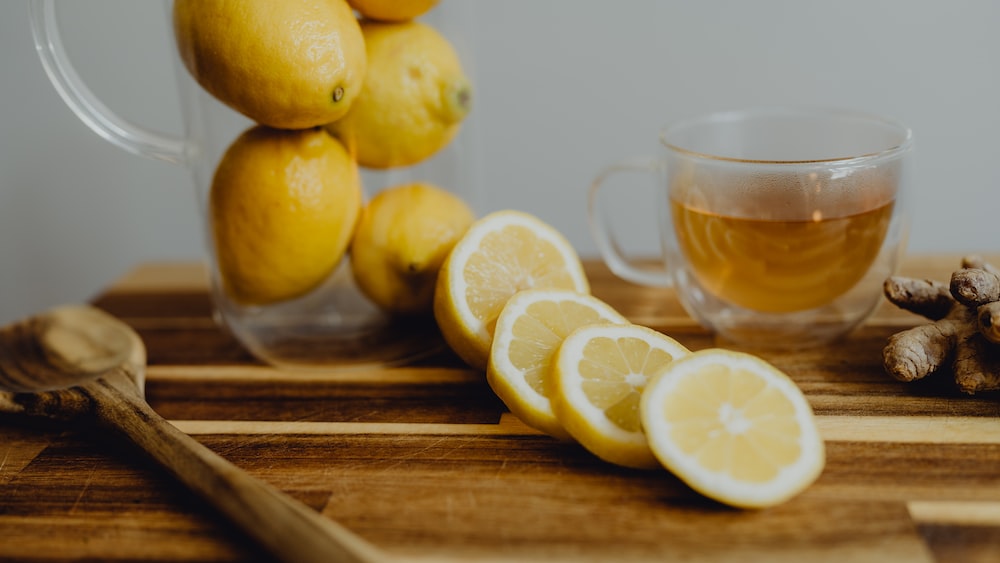
7. Cold Brewing: An Alternative Method
Breaking the brewing rules is sometimes the way to go! Cold brewing could be your knight in shining armor, saving your taste buds from Bitterland. It’s simple enough: ditch the heat and let your tea leaves steep in cold water for several hours (or overnight if you can manage).
Cold brewing extracts fewer astringent compounds compared to hot water, resulting in a mild and subtly sweet brew. It may push the boundaries of traditional brewing methods but it’s definitely a delightful detour to consider on your green tea journey.
Cold brewing is a delightful detour that extracts fewer astringent compounds, resulting in a mild and subtly sweet green tea brew.
Common Mistakes to Avoid When Brewing Green Tea
Believe it or not, your tea leaves are delicate beings. They don’t appreciate being mishandled or placed in harsh conditions. There are a few critical mistakes that can turn your delightful drink into a bitter experience.
Using Boiling Water
Here’s a common scene played out in countless kitchens: A whistling kettle signals the arrival of boiling water, it’s unceremoniously poured over innocent green tea leaves that almost cry out in protest. The result? A brew that could be used to strip paint! Remember, green tea is delicate and using boiling water is like blasting it with a flamethrower! Ideal temperature? Between 160-180°F (71-82°C).
Oversteeping the Tea
A watched pot never boils, and an ignored tea pot, well, it breeds a bitter monstrosity! Leaving your green tea leaves in hot water for too long feels like a twisted tea-time torture. To avoid your tea tasting like over-extracted sorrow, keep the ideal steeping time in mind. For most green teas, 1 to 3 minutes is the sweet spot. Oversteeping is a villain in your tea story; avoid it at all costs.
Using Old or Low-Quality Tea
You remember that old romance novel tucked away in the corner of your bookshelf, its faded pages whispering tales of epic affairs and forbidden love? Well, your old tea shares a similar story of aging and fading, but without the epic part. An old or subpar tea is analogous to a worn-out love story, both lacking the zing they once boasted. Just as those frayed pages won’t stir your heart, an old tea won’t tickle your palate.
Tea is like a social butterfly, ready to absorb smells and flavors from all its surroundings, leaving you with a brew that tastes more like your bland pantry than the vivid verdant hillsides where it was born. The age and quality of tea leave a profound impact on the brew’s flavor and aroma. Old tea leaves may not necessarily spoil, but their flavor certainly wears thin over time, like that worn-out metaphor I’ve used. And low-quality tea? Let’s just say it’s the prop comic of the tea world- trying too hard, achieving too little.
To avoid the bitter escapade (Oh! Reminds you of that old romance, doesn’t it?), stay clear of old or mediocre teas. Freshness is key. Find a quality source, store your teas with care, and brew them within an optimal period. In the world of tea, your brews are only as good as the leaves you choose. Watch out, the wrong tea can turn your brewing experience from a delightful ritual into a tragic opera!
FAQs About Bitter Green Tea
1. Why does my green tea always taste bitter?
Why your green tea tastes bitter could come down to a number of factors. It could be the water temperature you’re using or the steeping time. It could even be the quality of the tea leaves themselves. Ensuring you have a premium quality green tea, brew it at the correct temperature, and do not oversteep it is vital for avoiding bitterness.
2. How can I make my green tea less bitter?
To make your green tea less bitter, adjustments in your brewing steps make a world of difference. Focus on the water temperature – it should be optimal, not boiling. Reducing your steeping time can also go a long way. As a last resort, you can improve the flavor with natural sweeteners or, perhaps, by cold brewing.
3. Is green tea supposed to be bitter?
Is green tea supposed to be bitter? Well, green tea does have a natural hint of bitterness due to the catechins it contains. However, an overwhelming bitterness often indicates brewing mistakes like incorrect water temperature or excessive steeping time. The right brew is a balance between sweet, astringent, and mildly bitter.
4. What is the best way to brew green tea to avoid bitterness?
The best way to avoid bitterness when brewing green tea involves a careful selection of high-quality leaves, maintaining the right water temperature (usually around 176°F), and a short brew time (generally 1-3 minutes). Paying attention to these factors should help you master the art of brewing the perfect cup, without the unwelcome guest of bitter flavor.
Conclusion
There we have it, Tea-Lovers and Health Savants, our journey through the meandering tea-infused tracks to tackle the beast of bitterness. We’ve brewed, steeped, scalded, and sniffed our way to a better understanding of why your soul-soothing green tea may be leaving a bitter taste. Changing your tea isn’t as easy as changing those old socks (though we do recommend doing that, too), but armed with these tips, you’re well-equipped to make the change worthwhile.
In the wild labyrinth of tea leaves, water temperatures, and brewing times, remember – weave quality into every step and pay attention to detail. After all, as tea enthusiasts, we are not just looking for a hot drink, but an experience, an aromatic dance with nature.
It’s time I put down my metaphor-spangled lance, but the flavorful adventures continue, and remember, the spirit of tea is a journey, not a destination. Keep brewing, keep exploring, and make every cup count. Tea-rrific adventures await us until next time, this is Zoe, signing off.

